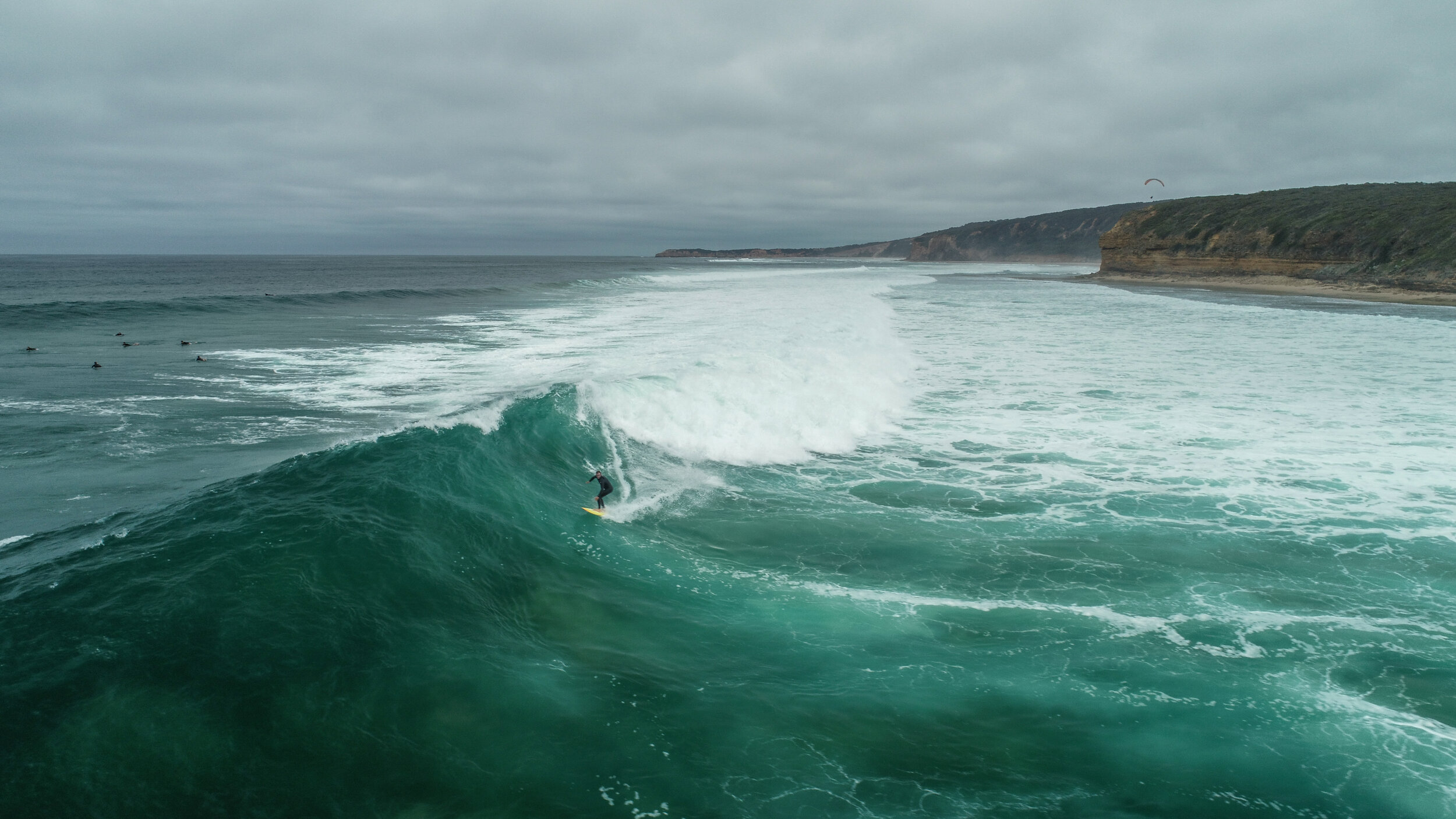skeleton shrimp
Commonly known as skeleton shrimp or ghost shrimp, caprellids are marine crustaceans known for their hairlike, cylindrical body structure that allows them to disappear against a background of fine filaments of seaweeds, other very small predatory animals and microscopic invertebrates. A highly modified species of amphipod, their bodies are divided into seven segments, their heads are fused to their first body segment, they have a reduced number of leg pairs and two or three pairs of gills. Females have brood plates on a few of their segments for holding eggs. Only a few millimetres in length, these tiny crustaceans are a significant example of evolutionary theory with the reduction and losses of different body body parts compared to earlier lineages of the species.
Elegant eaters
Their unique anatomy allows them to cling onto various substrates, marine plants and sediment with their appendages known as pereopods. As omnivorous they feed on suspended materials and small prey. Most skeleton shrimp are predatory and will sit elegantly much like a praying mantis and wait for their meal, protozoa or small worms, to pass by. Some use their antennae to filter the water for food or scrape it off different materials or plants. Skeleton shrimp are found all over the world. They are distributed passively by clinging to floating materials like algae. An important part of the food chain, they are preyed upon by fish, shrimp, sea slugs, anemones and jellyfish.
Fight for the females
During the breeding season, male skeleton shrimp become very aggressive fighting off any other potential mates. Using their antennae, the male will explore the female to see if she is in between exoskeletons and molting. It is only during this period that mating can occur. Their gestation period is very short and the juveniles will hatch after four days, but remain in the female’s brood pouch for about 12 additional hours until their limbs become coordinated. Once they leave the pouch they will cling to their mother’s body, scraping microscopic organisms from its surface for food. After one week, the female will actively remove the juveniles from her body to fend for themselves.
Fast Facts:
Family: Caprellidae (caprellids/skeleton shrimps)
Order: Amphipoda (amphipods)
Feeding: Protozoa, small worms and various floating materials in the water
Habitat: The surface of various substrates, marine plants and sediment
Distribution: Worldwide
Special Power: Invisibility







